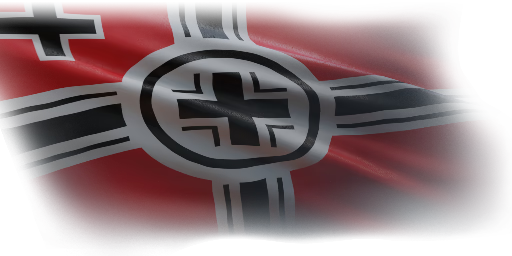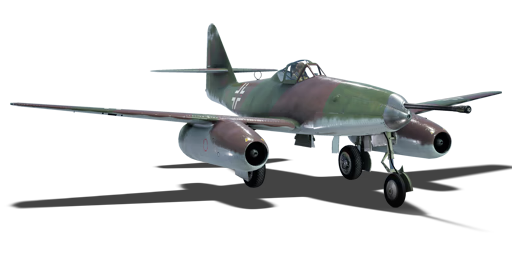



The Messerschmitt Me 262 A-1/U4 Pulkzerstörer (lit. "bomber destroyer"), also known as the Narwal (Narwhal), was a prototype interceptor variant of the Me 262 initially conceptualized in 1943. It was specifically ordered by the Luftwaffe to counter Allied bombing raids, as the already heavy four 30 mm MK 103 autocannons were deemed still not enough to "efficiently" destroy a bomber. To accomplish this task, the Narwal was equipped with a large 50 mm Mk 214 autocannon derived from the 50 mm Pak 38 anti-tank cannon, intended to destroy the bomber with few shots. Due to the weapon being overly complicated to produce, along with the need to modify the airframe to endure the recoil of such a large cannon, it underwent refinement until February 1945. During this time, the two prototypes was outfitted with a similar-calibre BK 5 autocannon (that already served with the Me 410 A-1/U4 and Me 410 B-2/U4) as a placeholder until the refined version of the Mk.214 autocannon, now designated Mk.214a, was equipped. The Narwal then underwent testing between March-April 1945. As the war in Europe came to a close, the need for a specialized bomber-hunter version of the Me 262 was deemed unnecessary as it would further drain the already dwindling resources that Germany had left, and as such the aircraft was not accepted for production.
Introduced in Update 1.41, the Me 262 A-1/U4 Narwal is the standard Me 262 A-1 armed with a single 50 mm Mk.214a cannon in the nose instead of four 30 mm MK 108. Due to the specialized armament, the Narwal will often struggle to land a hit onto any planes smaller than a bomber due to the low rate of fire of the cannon and relative inaccuracy (especially while stock). However, if it does, any aircraft smaller than a heavy bomber that is unfortunate enough to get hit by it would be instantly vaporized. As the Narwal has a much lower BR compared to the other Me 262 variants, it can further use its higher top speed against piston-engined fighter to quickly strike them down after they have bled most of their energy away in an attempt to chase you. However, it struggles against other jet fighters that have more reliable armaments.
Since the Mk.214a autocannon is a derivative of the Pak 38 anti-tank cannon, the Narwal has access to a high-velocity HVAP-T shell with great penetration, allowing it to perform tank-busting duties very efficiently even without suspended armaments. It is not dissimilar to the Hs 129 B-3 in this sense, but with much better top speed and mobility.
flaps
flaps
flaps
brake
| Belt | Belt filling | Armor penetration (mm) at a distance: | |||||
|---|---|---|---|---|---|---|---|
| 10 m | 100 m | 500 m | 1000 m | 1500 m | 2000 m | ||
| AP-T/HEI-T/HEF-I | 106 | 101 | 83 | 65 | 50 | 39 | |
| AP-T | 106 | 101 | 83 | 65 | 50 | 39 | |
| HVAP-T | 137 | 126 | 88 | 56 | 36 | 23 | |
| HEF-I | 11 | 11 | 9 | 8 | 7 | 7 | |












Flight performance | |
|---|---|
Survivability |
|---|
Weaponry |
|---|